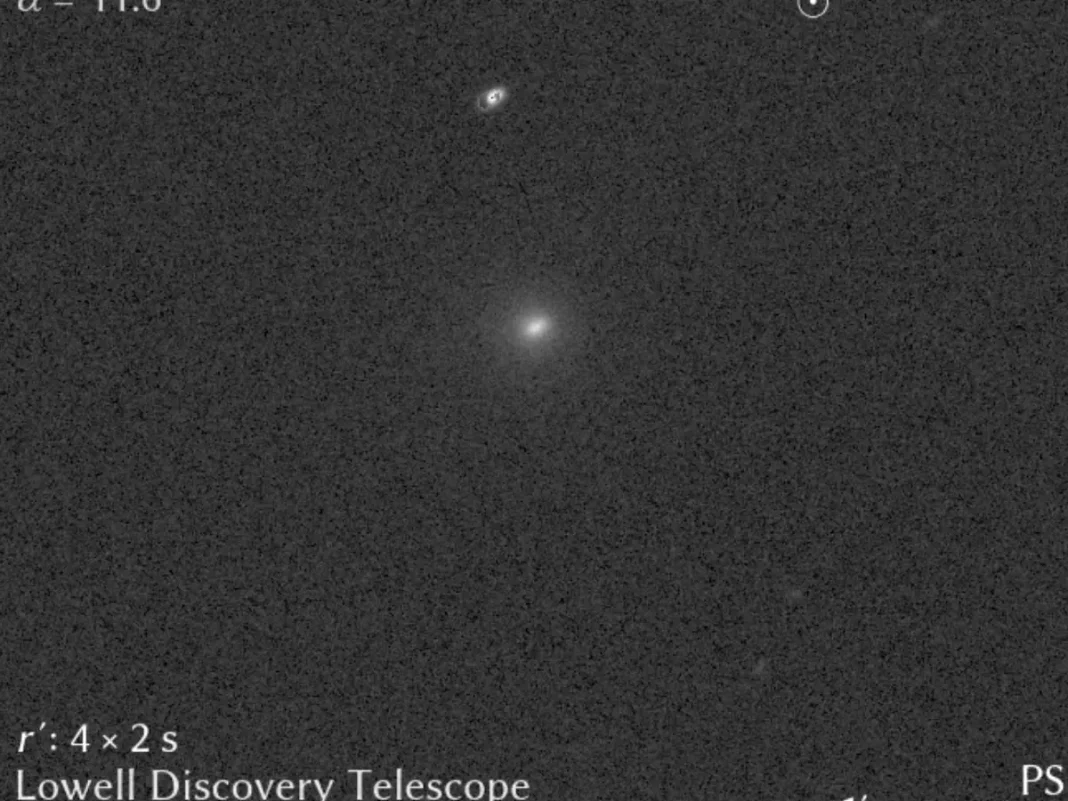Key Takeaways
- The interstellar comet 3I/ATLAS has survived its close encounter with the Sun, revealing unexpected changes.
- It turned blue, brightened, and showed signs of non-gravitational acceleration, flagged as anomalies by scientists.
- Astronomer Avi Loeb is urgently calling for NASA to release high-resolution data captured by the Mars Reconnaissance Orbiter.
- The comet is becoming visible to amateur telescopes in the Northern Hemisphere.
- The Lowell Observatory has captured the first image of 3I/ATLAS after its solar passage.
The interstellar comet 3I/ATLAS has completed its close encounter with the Sun, revealing its true nature through a series of unexpected changes. Scientists worldwide are closely monitoring the object as it begins to emerge from the Sun’s glare.
Anomalous Behavior and Urgent Data Requests
During its perihelion passage, 3I/ATLAS exhibited several unusual characteristics. The comet turned blue, increased in brightness, and displayed the first signs of non-gravitational acceleration. Harvard astronomer Avi Loeb has flagged these as anomalies and is urging the scientific community to question the comet’s fundamental characteristics.
Loeb has repeatedly called on NASA to release observations of 3I/ATLAS made by the Mars Reconnaissance Orbiter on October 2-3. He emphasizes that this “precious data is time sensitive” with a spatial resolution of 30 kilometers per pixel, which could guide upcoming observations before the comet leaves our solar system.
NASA has remained silent on the matter since the government shutdown began on October 1, despite the Mars orbiter being believed to have captured the best images of the interstellar visitor.
Visibility and First Photographic Evidence
According to researchers Qicheng Zhang and Karl Battams, the comet is now becoming visible through small telescopes. Zhang confirms that 3I/ATLAS will soon be observable with standard amateur telescopes across much of the Northern Hemisphere.
In a significant development, the Lowell Observatory in Arizona has successfully captured the first photograph of 3I/ATLAS following its perihelion passage. This image marks a crucial milestone in studying the changes the interstellar object underwent during its heated encounter with our star.




